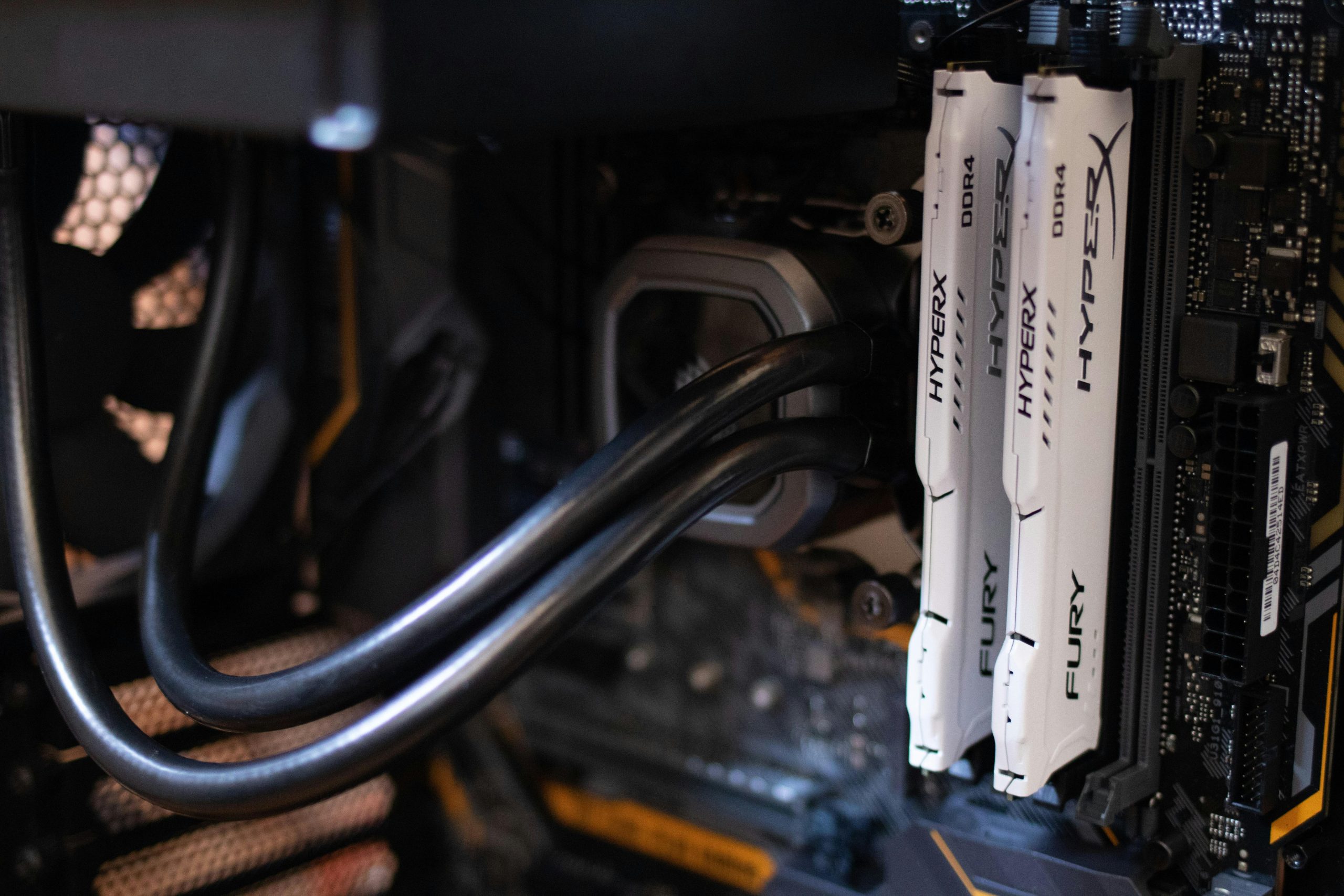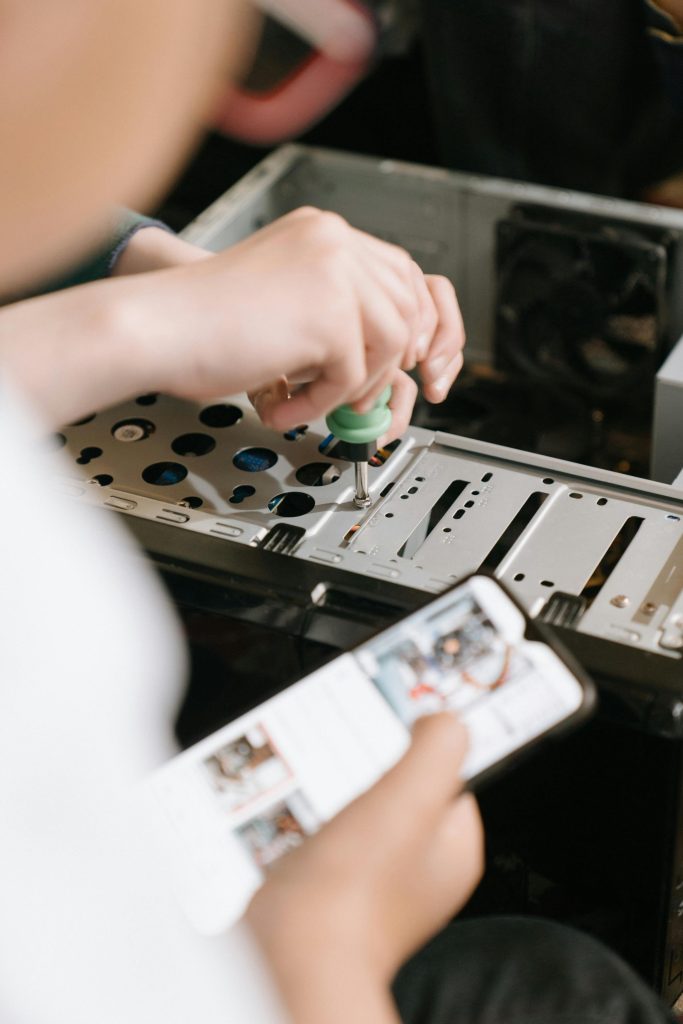Understanding High RAM Usage: Is It Normal?
In today’s digital landscape, efficient performance is crucial for our devices. One recurring question many individuals find themselves pondering is the norm for RAM usage, particularly when it appears to be on the higher end.
Firstly, it’s important to grasp what RAM (Random Access Memory) is and its role in your computer or device’s functionality. RAM acts as a short-term memory store that allows your system to quickly access and process information. The more applications and processes you run simultaneously, the more RAM is required.
So, what constitutes “high” RAM usage? Generally, a device operating below 70-80% of its available RAM is considered to be in good standing. However, during heavy multitasking or when running resource-intensive applications, such as graphic design software or video editors, usage can spike beyond that threshold.
If you’ve noticed your device showing high RAM usage, there are several factors to consider. It could simply mean that your system is handling numerous tasks simultaneously. Conversely, it might signal that background applications are consuming more resources than necessary, which could result in slow performance.
To optimize your RAM usage, it is advisable to regularly monitor your system’s performance. You can do this through built-in task managers or third-party monitoring tools. Understanding how your RAM is allocated can help you manage applications more efficiently, freeing up memory when needed.
In conclusion, elevated RAM usage isn’t necessarily a cause for alarm. It can be a natural product of modern computing demands. By keeping an eye on your device’s performance and maintaining optimal application management, you can ensure that your system runs smoothly and efficiently.
Share this content:




Hi there,
High RAM usage can be normal depending on your workload and the applications you’re running. As the article mentions, if your RAM usage stays below 70-80%, it’s generally not a concern. However, if you notice performance issues, you might want to monitor background processes using tools like Task Manager or Resource Monitor on Windows, or Activity Monitor on macOS. Consider closing unnecessary applications or background services consuming excessive memory.
Additionally, if you frequently run resource-intensive programs like graphic design or video editing software, high RAM usage might be expected. Keeping your system updated and performing regular maintenance, such as clearing cached data and managing startup programs, can also help optimize performance.
If you continue experiencing slowdowns despite manageable RAM usage, it might be worthwhile to check for memory leaks or consider upgrading your RAM for better performance tailored to your workload.
Feel free to let me know if you need assistance with monitoring tools or upgrading your system!